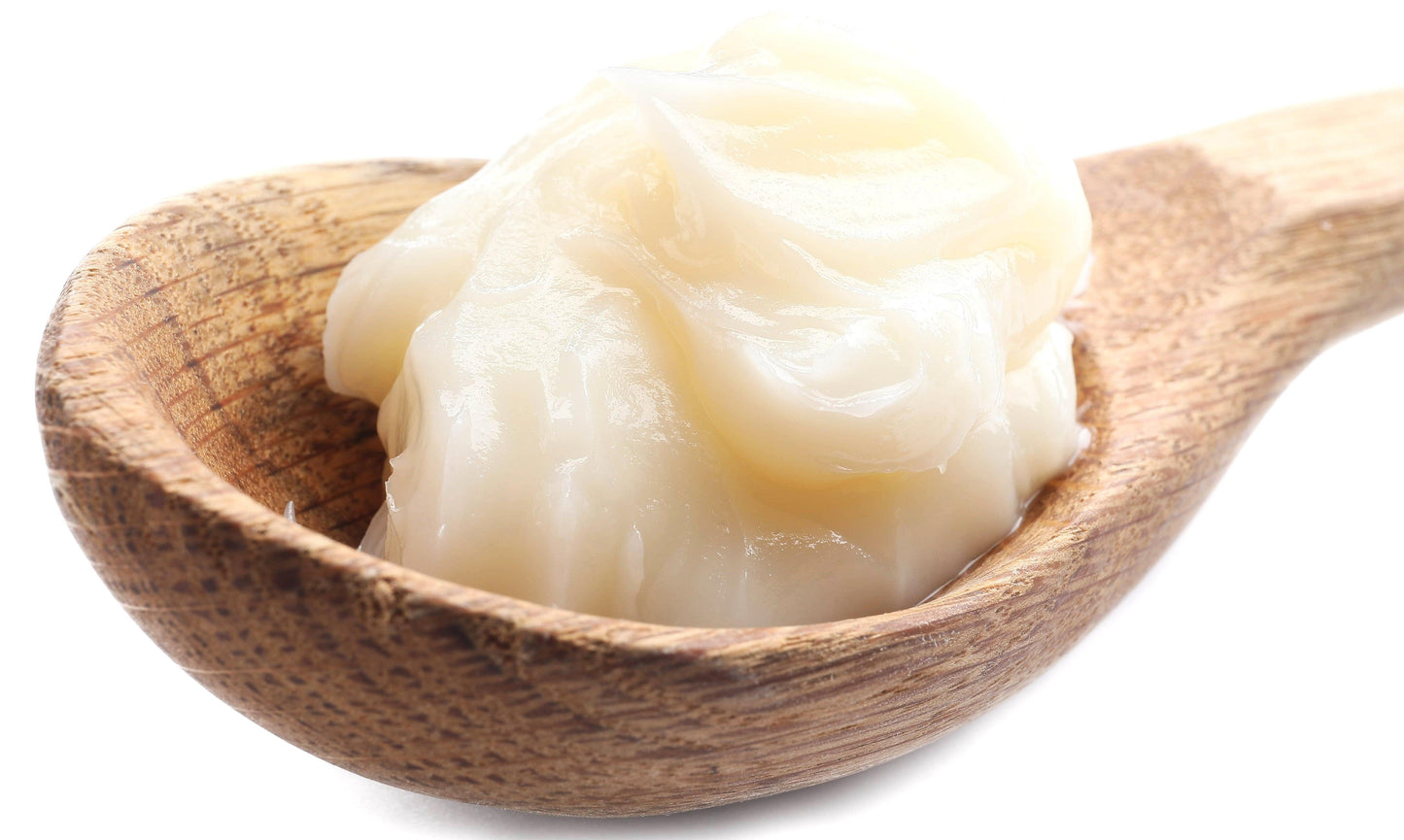What is Beef Tallow?

Beef Tallow begins its life as regular beef fat. Rendering removes impurities from the fat and allows it to solidify. I enjoy using it because it has a high smoke point and adds a unique flavor profile to dishes.
In baking, beef tallow can substitute for other fats like butter or shortening. It can add moisture and a unique taste to baked goods such as pie crusts, biscuits, and pastries. For the grill, applying beef tallow keeps your meat moist.
Many products you buy these days have much of the fat removed, which is a shame because you lose that flavor. It is a great addition to anything you want to fry or sauté. Try dropping a dollop in your next soup, stew, or gravy. If you have enough, you can also use tallow for deep frying.
Other Applications for Beef Tallow
Beef tallow is part of the traditional soap-making process. It helps create a hard and long-lasting bar of soap with moisturizing properties. Tallow soap is gentle, making it an ideal skin soap.
Early candles were made from tallow. The nature of the tallow creates a candle that burns slowly with a steady flame. It’s a fantastic addition to votives and tapers.
Beef tallow also comes into the market as skincare products that moisturize the skin. Common uses include balms and salves.
How is Beef Tallow Made?
- Start with beef fat from cuts like suet or trimmings from butchering. It needs to be clear of all connective tissue and meat.
- Cut into small pieces to increase the surface area and facilitate the rendering process.
- Melt the fat in a pot or a slow cooker and heat it over low heat to melt the fat
- Simmer for several hours. This allows the fat to separate from any water or impurities present.
- Strain the fat is strained to remove any solid impurities and to obtain a clear, liquid fat. The best tools for this step are a fine-mesh strainer or cheesecloth.
- Cool and solidify at room temperature or by refrigerating the fat.
- Store the beef tallow in an airtight container or wrapped in butcher paper.
PitMaster’s Memo
Beef tallow, also known as beef fat, has a long and rich history that spans thousands of years. In ancient times, the use of animal fats, including beef tallow, appeared in culinary efforts regularly. In many cultures, animals were raised not only for their meat but also for their valuable fat. Beef tallow was highly prized for its cooking properties and as a source of energy.
During the Middle Ages, tallow played a significant role in European society. People used it widely for cooking, lighting, and even as a component in soap and candles. Tallow candles were the “go-to” for homes and churches until beeswax became popular.
The invention of machinery and technological advancements during the Industrial Revolution led to increased demand for tallow. It became a vital ingredient in various industries and as a fuel source for steam engines. Tallow was readily available and relatively inexpensive.
Beef tallow played a crucial role during both World Wars as a component in military rations to bolster the soldiers’ energy and nutrition. Tallow was also used to produce glycerin, an essential component in the manufacturing of explosives, medicines, and other war-related products.
In the mid-20th century, the popularity of beef tallow declined because of health concerns associated with saturated fats. Vegetable oils and synthetic alternatives replaced tallow in many consumer products. But chefs were not about to let Beef Tallow fade away. Traditional fats are flavor bombs, so you’ll start seeing more recipes that include this ingredient.
